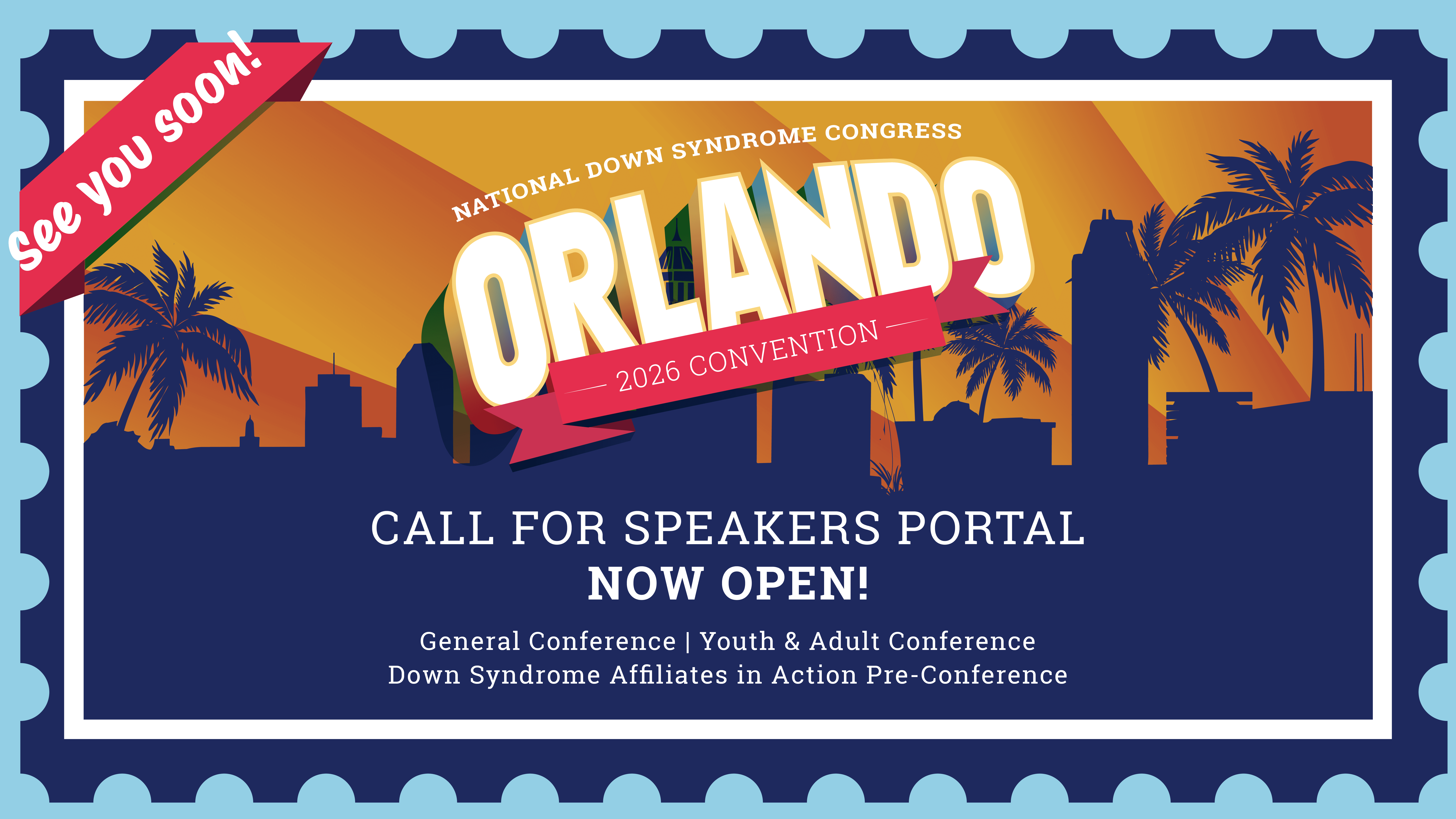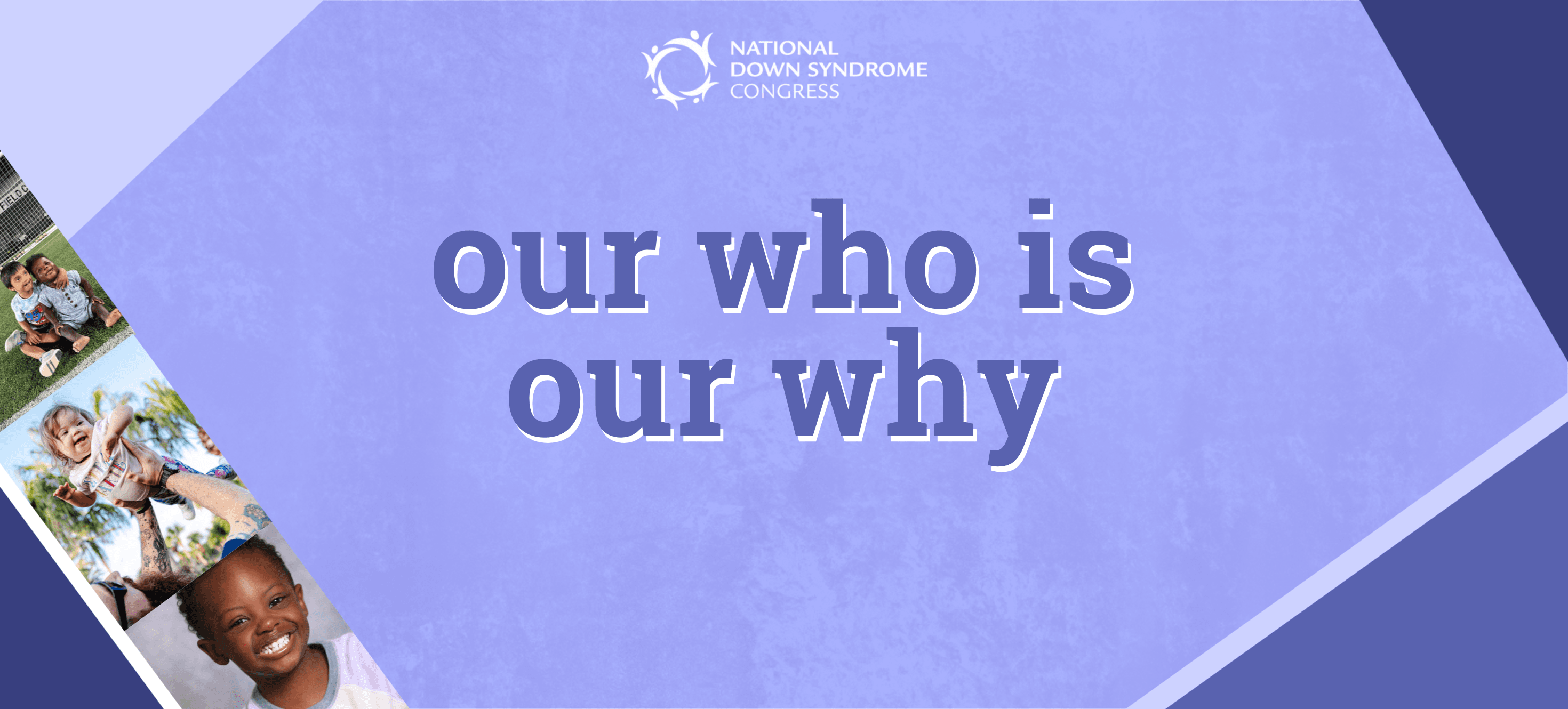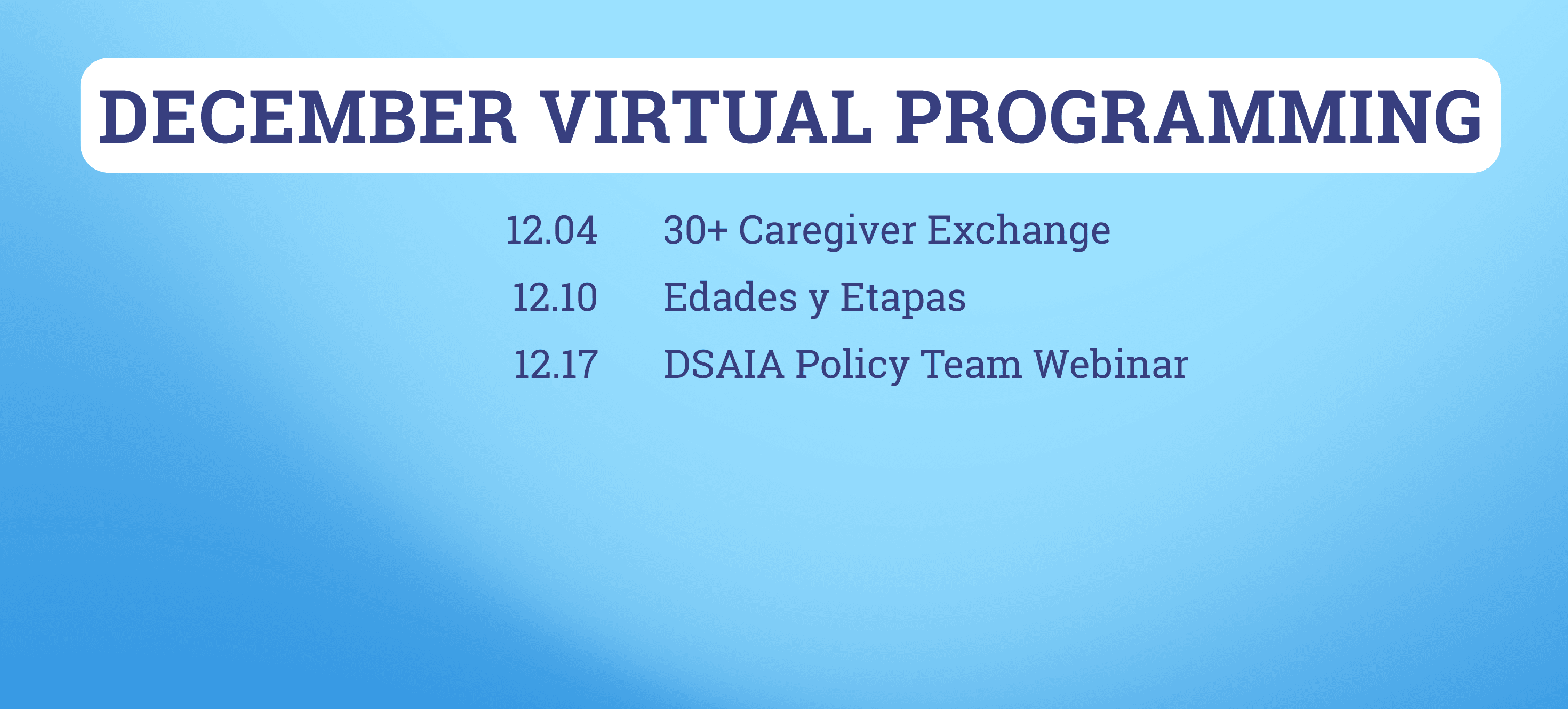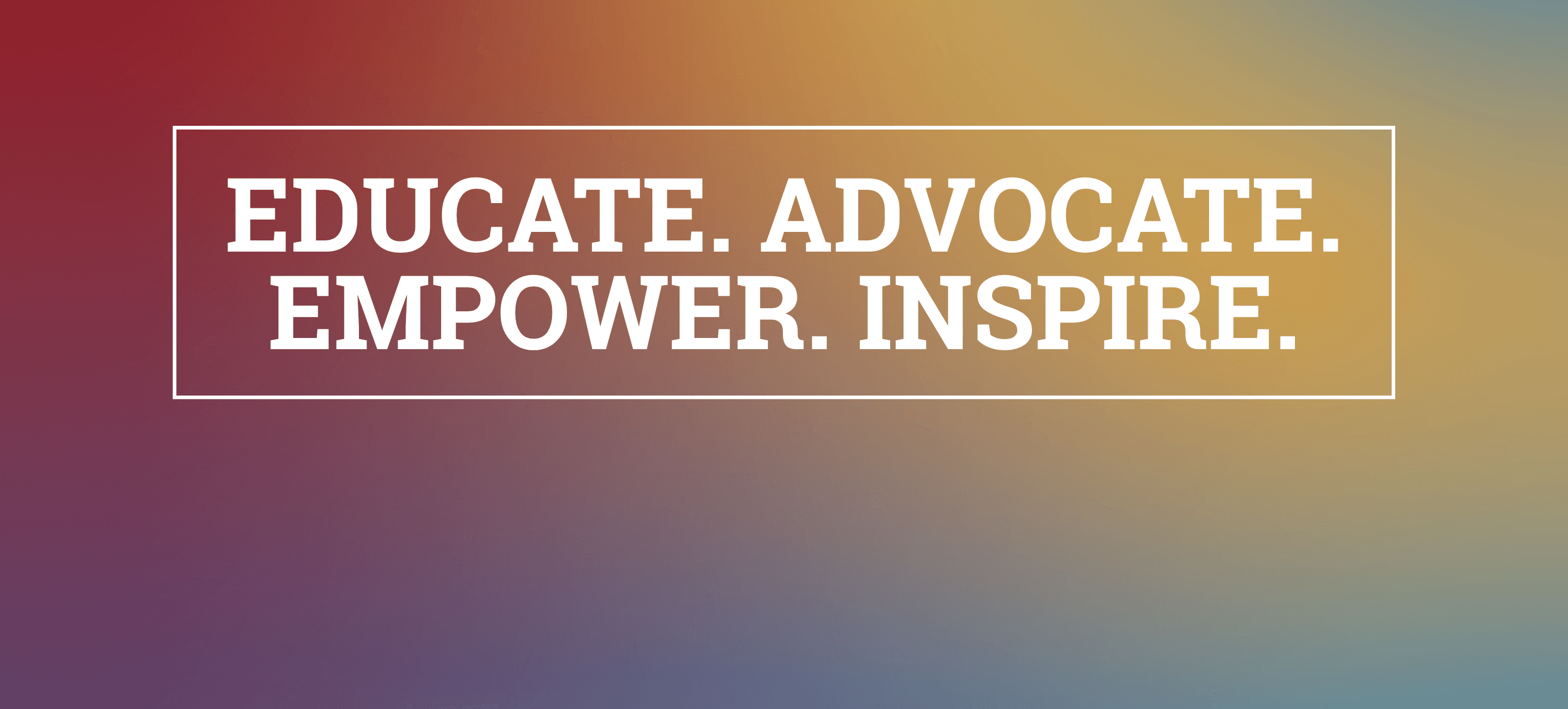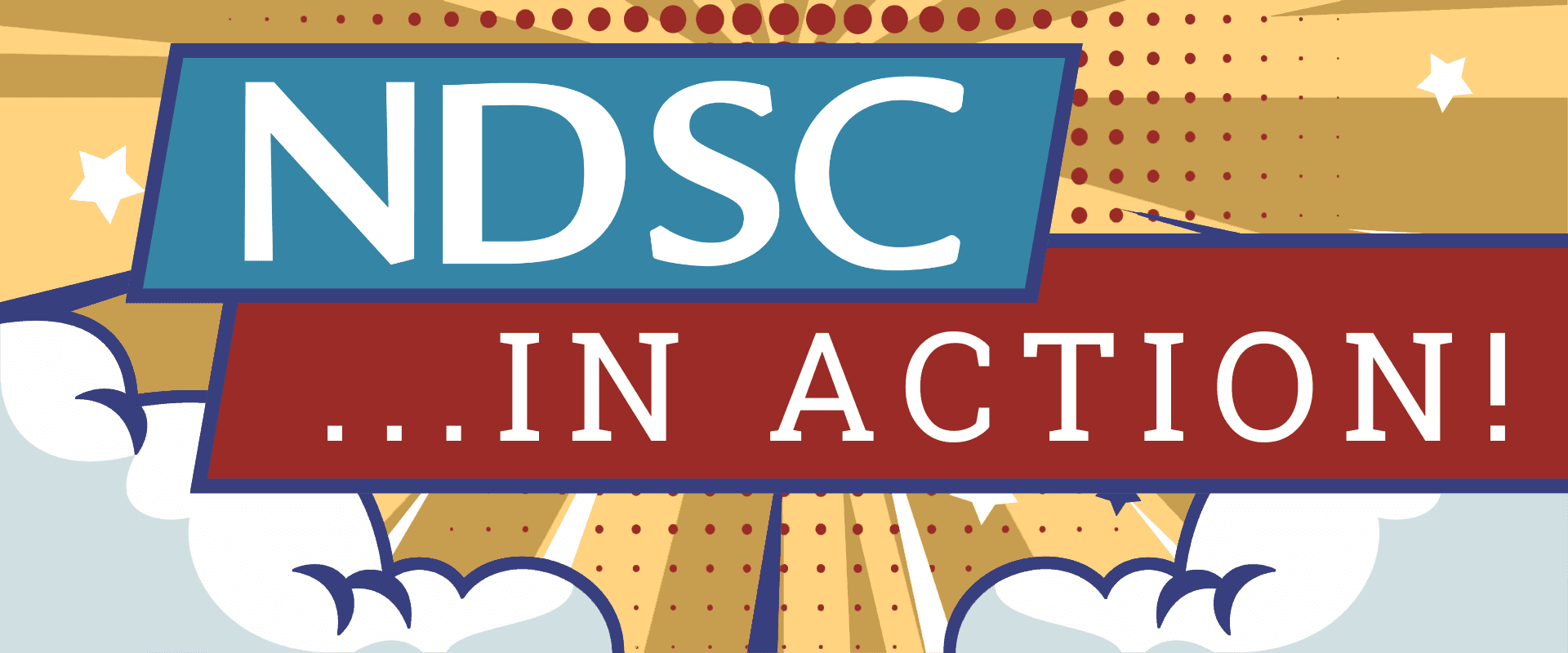Educate • Advocate • Empower • Inspire

Get Involved
Why Give to the NDSC
People often say they give in order to “make a difference.” This phrase means different things to different people. Donating to the National Down Syndrome Congress (NDSC), means you WILL be making a difference and helping us promote the interests of people with Down syndrome, to educate through awareness, to advocate and ensure their rights are recognized and protected, to empower, and to inspire and reshape the way people understand and experience Down syndrome.
News & Notes
On April 10, 2025, the U.S. House of Representatives narrowly passed a budget resolution with a 216-214 vote. This resolution, which reflects a newly agreed upon budget framework by House and Senate, includes directives for significant federal spending cuts, notably instructing the House Energy and Commerce Committee (E&C) to propose $880 billion reduction in spending over the next decade.
The National Down Syndrome Congress (NDSC) is deeply troubled by the recent announcement by the U.S. Department of Health and Human Services (HHS) to eliminate thousands of HHS staff and reorganize the Administration for Community Living (ACL) by splitting its functions across other agencies.
We are thrilled to announce that Down Syndrome Affiliates in Action (DSAIA) is merging into the operations of the National Down Syndrome Congress (NDSC).

